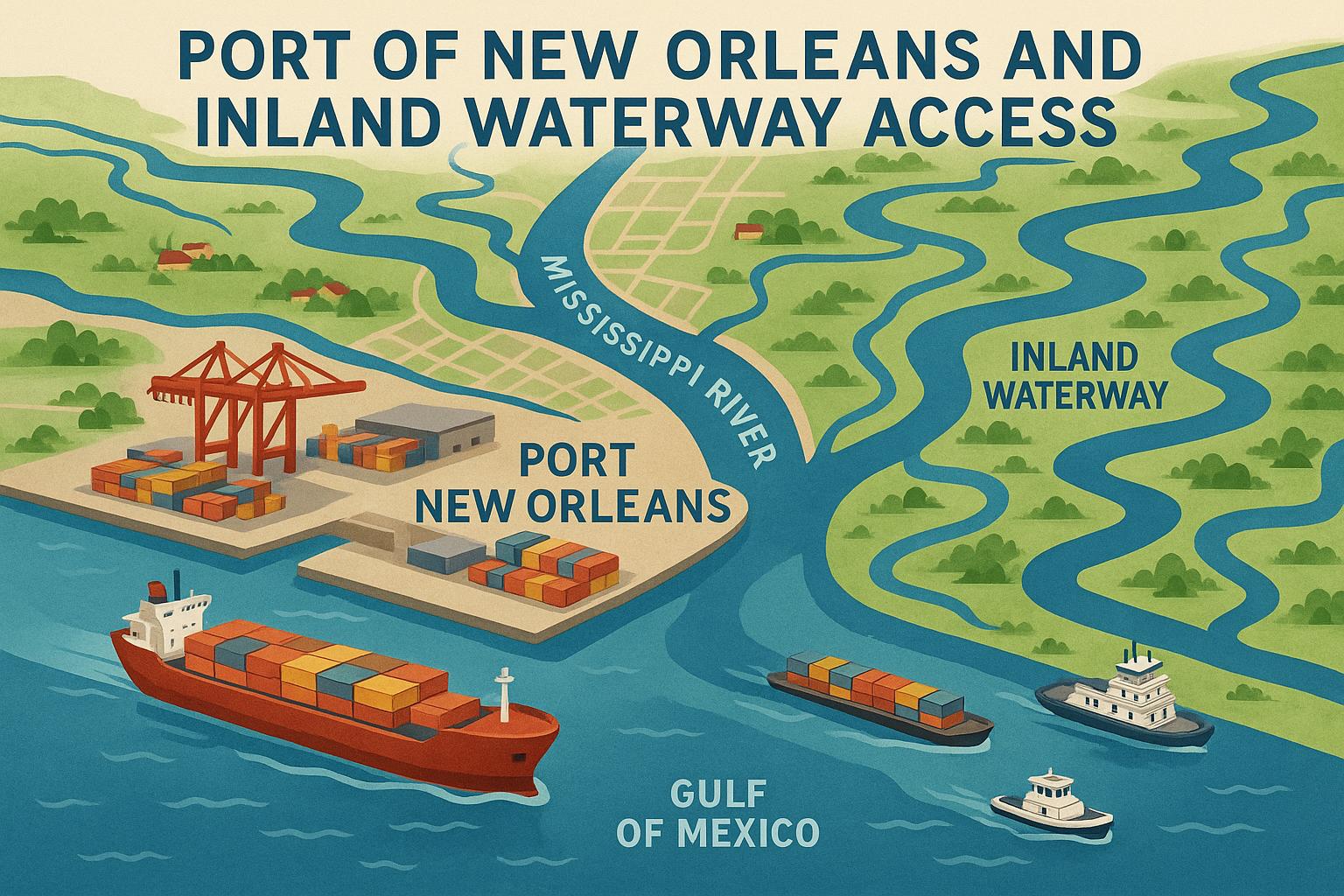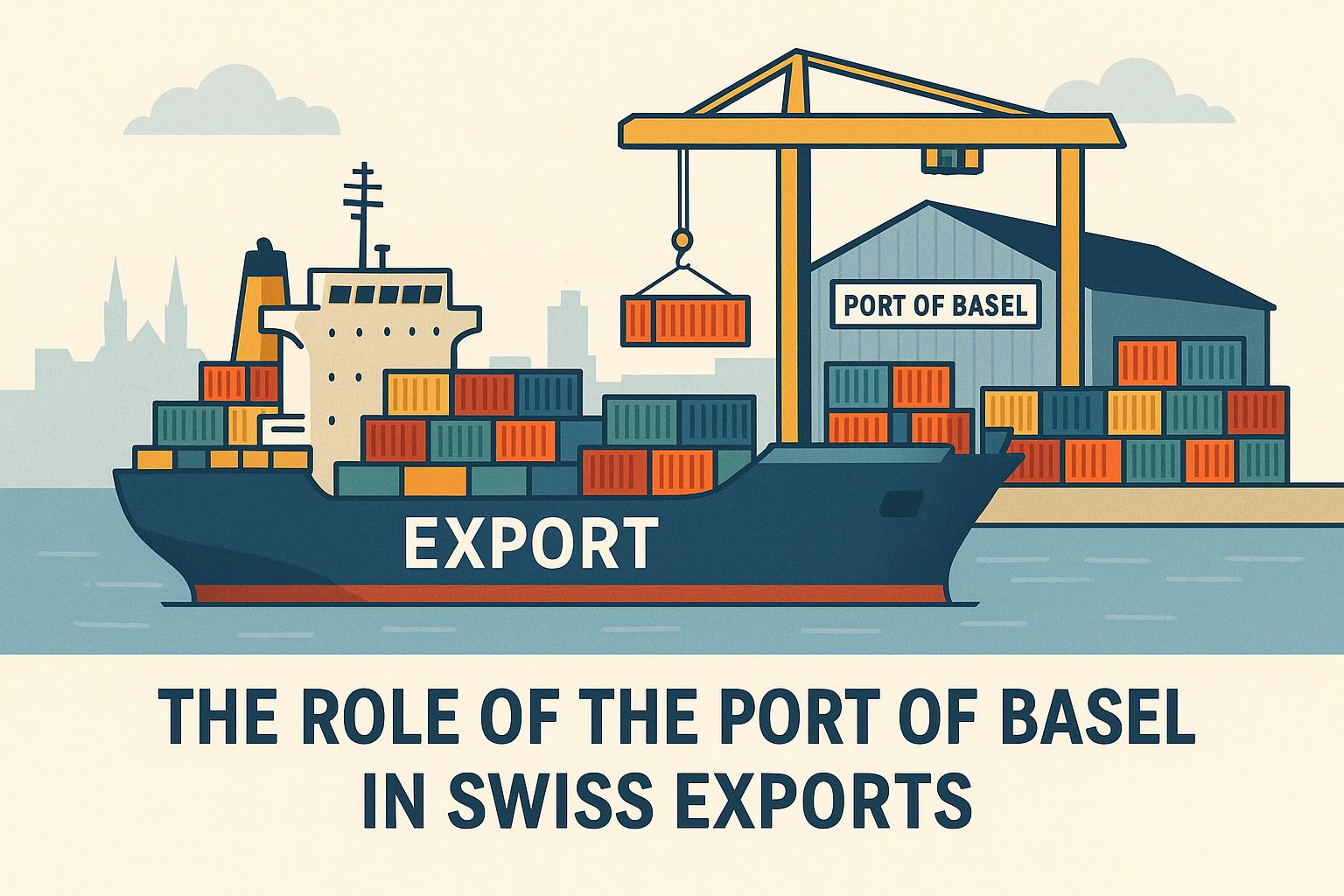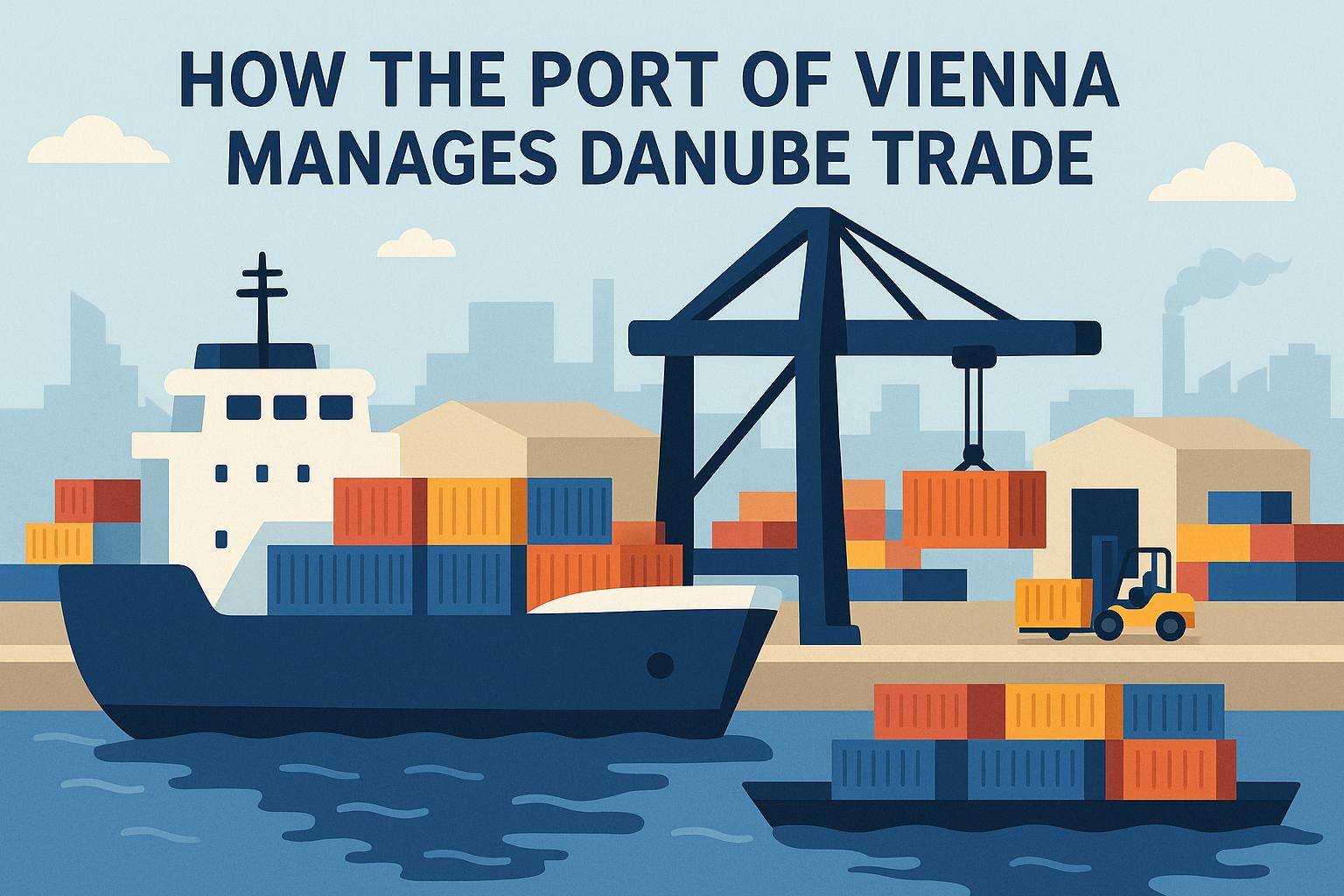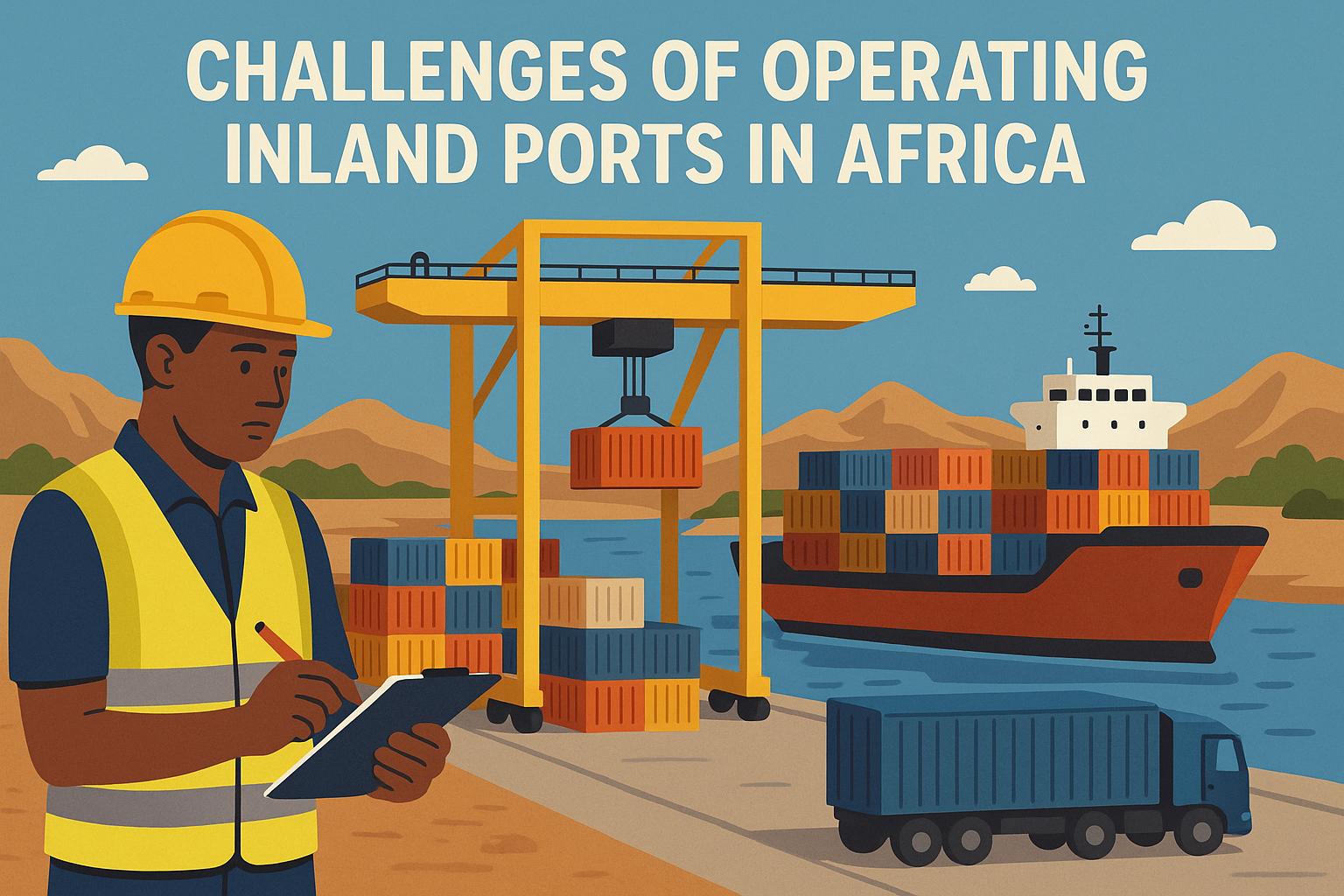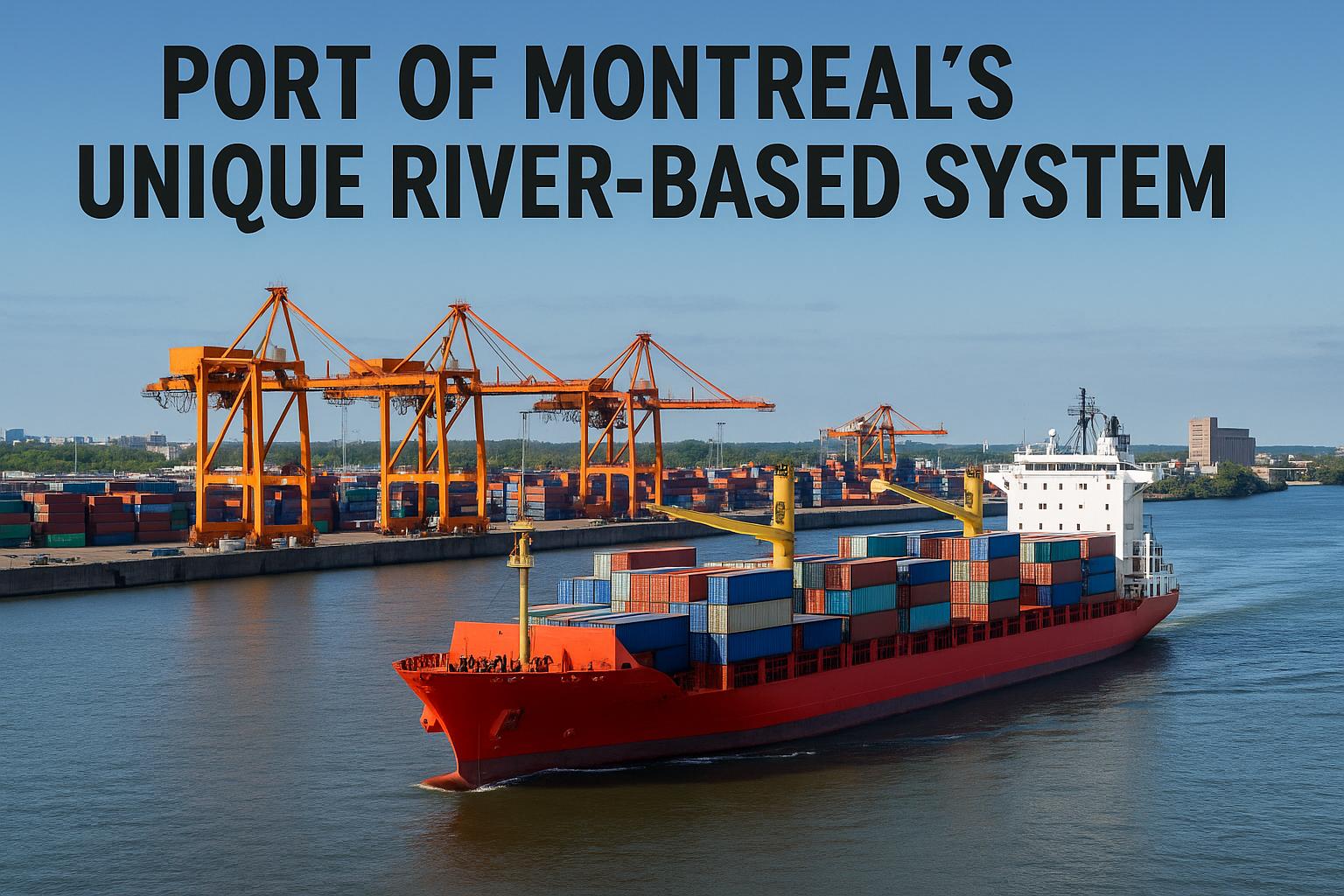Overview of the Port of New Orleans
The Port of New Orleans, strategically positioned on the Gulf Coast of the United States, serves as a crucial gateway for both domestic and international trade. It is situated at the mouth of the Mississippi River, providing vital access to the extensive inland waterway system of the United States. The port is renowned for its comprehensive facilities that accommodate a wide variety of cargo, including containerized goods, bulk commodities, and breakbulk shipments.
Significance of the Port
The port’s significance extends beyond its geographical location. As a pivotal transshipment hub, it connects the Gulf of Mexico with inland ports across the United States. This facilitation of import and export activities supports the country’s agricultural and industrial sectors by providing efficient transport solutions for various commodities, such as grain, oil, chemicals, and manufactured goods.
Economic Impact
The Port of New Orleans plays a crucial role in the U.S. economy. Supporting thousands of jobs directly associated with port operations, the port also generates employment through ancillary services such as transportation and logistics. The flow of goods through the port fosters regional economic development and contributes significantly to the national economy by enhancing trade capabilities, which in turn strengthens economic growth and employment rates.
Inland Waterway Access
The inland waterway access offered by the Port of New Orleans is a key component of its logistical advantage, leveraging its strategic position along the Mississippi River and its network of tributaries. This forms a critical artery for the transportation of goods deep into the U.S. heartland, offering unparalleled reach for domestic commerce.
Connectivity to Major Waterways
The Mississippi River system connects with major waterways, including the Ohio, Missouri, and Illinois rivers. This connectivity facilitates efficient movement of cargo to and from significant agricultural and industrial regions, marking a significant logistical advantage. The use of inland waterways presents an environmentally friendly mode of transport, with barges that carry vast quantities of goods while maintaining lower emissions compared to rail or road transport.
Efficiency and Cost-Effectiveness
The cost-effectiveness and efficiency of inland waterway transport make it an attractive option for shippers. Barges traveling these waterways provide an economical alternative for moving bulk goods, minimizing fuel consumption, and reducing logistics costs. Additionally, the waterways help alleviate congestion on highways, contributing to a more efficient national transportation infrastructure, which enhances the overall efficiency and speed of supply chains across the nation.
Challenges and Development
Despite its advantages, the inland waterway system faces challenges such as aging infrastructure and the need for modernization to maintain its competitive edge. Ongoing investments in port infrastructure and waterway maintenance are essential to ensure the continued efficacy and reliability of this transportation network. Improvements in lock and dam systems, alongside technological advancements, will support increased capacity, yielding further economic benefits.
Attention to maintaining and upgrading this infrastructure is critical, as these waterways are vital to the logistics network of the United States. Emphasizing technological integration, such as employing advanced vessel tracking systems, can enhance efficiency and safety in navigation, ultimately supporting sustainable growth within the maritime industry.
Future Prospects
Looking forward, the integration of new technologies, such as advanced vessel tracking systems and improved navigation aids, promises to enhance the operational capabilities of the Port of New Orleans and its inland waterway connections. These advancements, coupled with strategic investments, are expected to solidify the port’s position as a leading trade hub. Ensuring its pivotal role in global and domestic trade continues into the future, the port must continue to innovate and adapt to changing market demands.
By fostering collaboration with stakeholders across the supply chain, the port can enhance coordination and efficiency. Increasing reliance on digital infrastructure will streamline operations and facilitate real-time data sharing, making the port an integrated hub of commerce that effectively meets the needs of shippers and consumers alike.
Furthermore, the port’s commitment to sustainability will play a key role in its future prospects. Initiatives aimed at reducing emissions and increasing the use of cleaner technologies are expected to enhance the port’s environmental profile. This alignment with global sustainability targets makes the Port of New Orleans not only a hub of commerce but also a model of responsible trade practices.
In summary, the Port of New Orleans remains a critical gateway for trade in the United States, with its strategic location and extensive waterways positioning it as an essential component of the economic landscape. Its continued development and adaptation to future challenges and opportunities will enable it to maintain and enhance its role within the global trade ecosystem.
